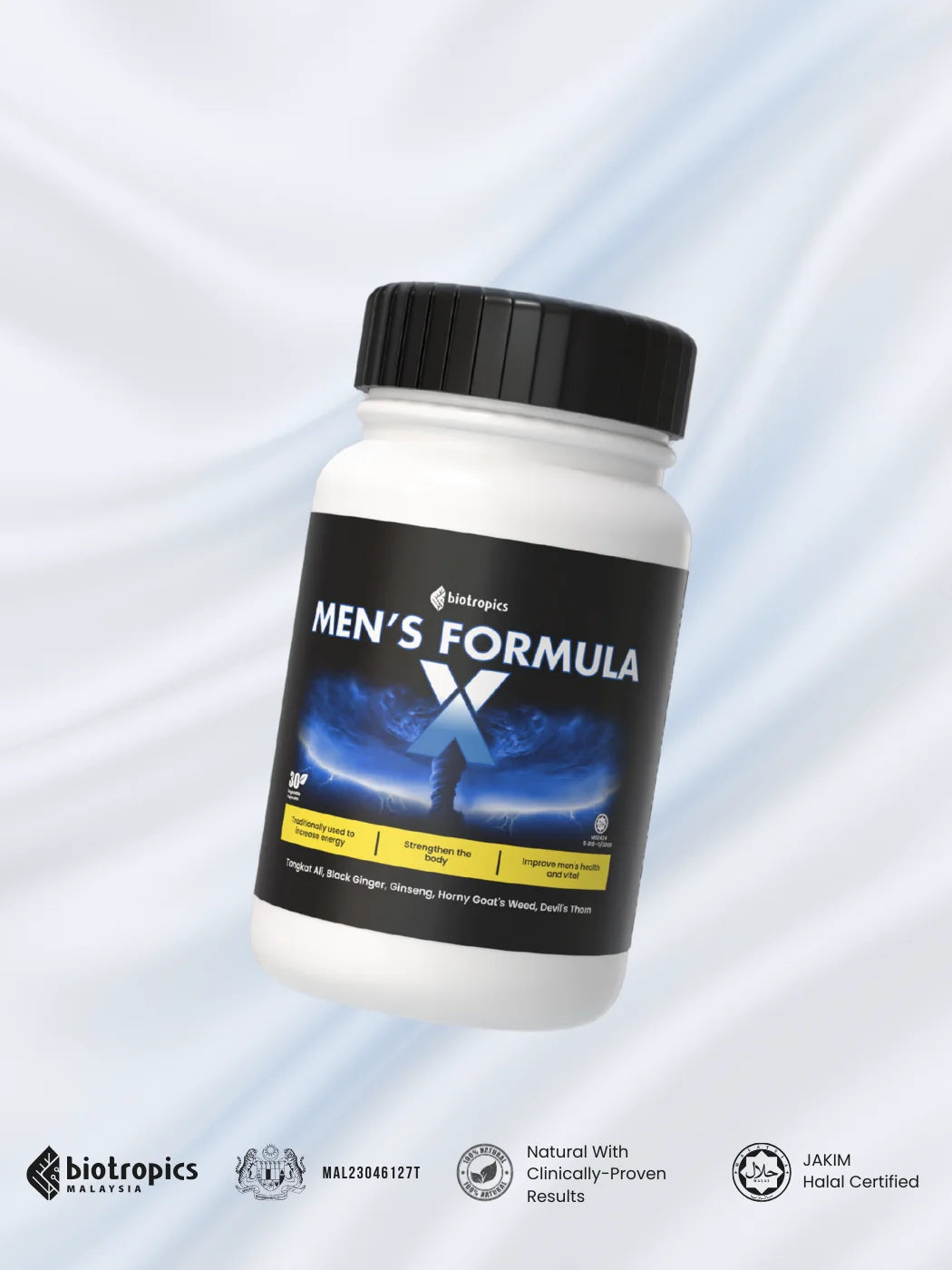 When it comes to men's sexual health, open conversations can make a world of difference. One important tool used by healthcare professionals to assess erection quality is the Erection Hardness Scale (EHS). Whether you're facing concerns or just want to understand more about your body, this scale offers a clear and simple way to evaluate one key part of male sexual function.
When it comes to men's sexual health, open conversations can make a world of difference. One important tool used by healthcare professionals to assess erection quality is the Erection Hardness Scale (EHS). Whether you're facing concerns or just want to understand more about your body, this scale offers a clear and simple way to evaluate one key part of male sexual function.
What Is the Erection Hardness Scale?
The Erection Hardness Scale (EHS) is a 4-point self-assessment tool designed to help men and healthcare providers evaluate erection firmness. It ranges from:
-
- Score 1 – Penis is larger than normal but not hard.
- Score 2 – Penis is hard but not hard enough for penetration.
- Score 3 – Penis is hard enough for penetration but not completely firm.
- Score 4 – Penis is completely hard and fully rigid.
This scale helps simplify conversations about erectile function, especially in clinical settings where patients may struggle to explain their symptoms.
How Is the EHS Used?
Healthcare professionals often ask patients to self-rate their erection hardness using this scale during consultations. This helps:
-
- Determine the severity of erectile dysfunction (ED)
- Monitor treatment progress
- Choose the right intervention, whether it's lifestyle changes, supplements, medication, or therapy
It’s quick, non-invasive, and requires no equipment—just honest self-reflection.
Why Is the EHS Important?
Research has shown that the EHS aligns closely with other medical measures of erectile function, making it a trustworthy and widely adopted tool in sexual health evaluations. It offers:
-
-
A standardized way to describe erection quality
-
A baseline to compare before and after treatment
-
Empowerment for men to take control of their health
-
EHS Scores and What They Mean for You
-
-
Scores 1–2 often indicate moderate to severe erectile dysfunction, where penetration is difficult or impossible.
-
Score 3 suggests that intercourse is possible, but performance might not be optimal.
-
Score 4 typically reflects normal erectile function.
-
Recognizing where you fall on this scale is the first step toward improvement—and potentially a better quality of life.
Takeaway: Don’t Ignore the Signs
The Erection Hardness Scale is more than just a number. It’s a guide for men to recognize potential health issues early and take action.
If you or your partner are experiencing difficulties in the bedroom, don’t brush it off as stress or aging. It might be time to speak with a healthcare provider—or explore trusted solutions like natural supplements, counseling, or other proven methods.


